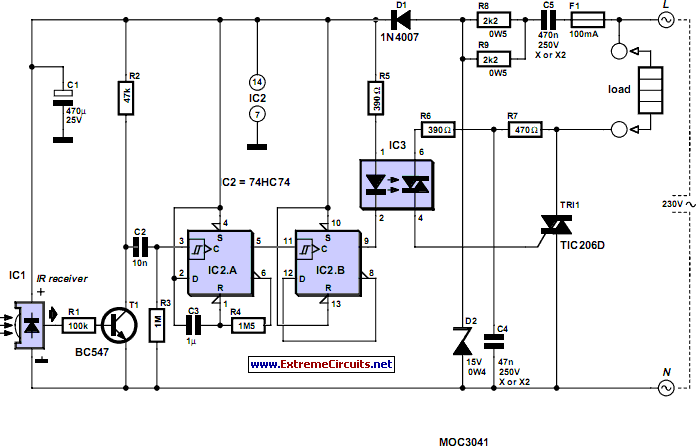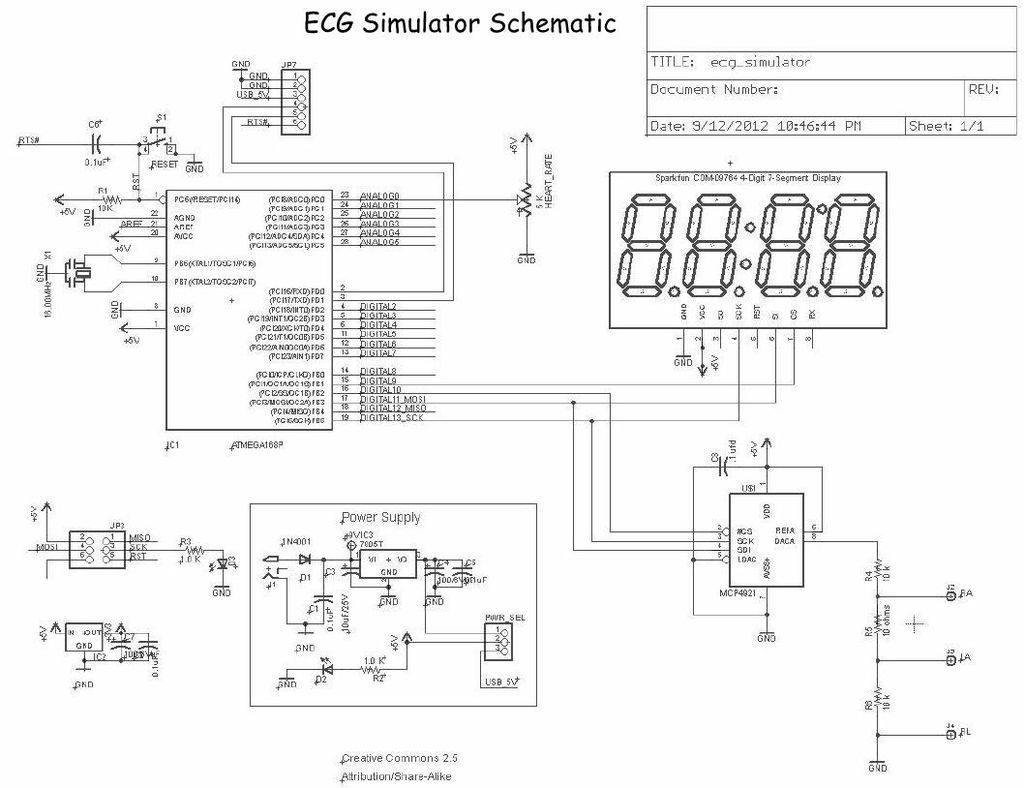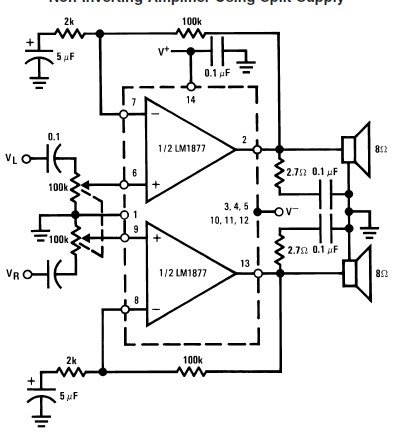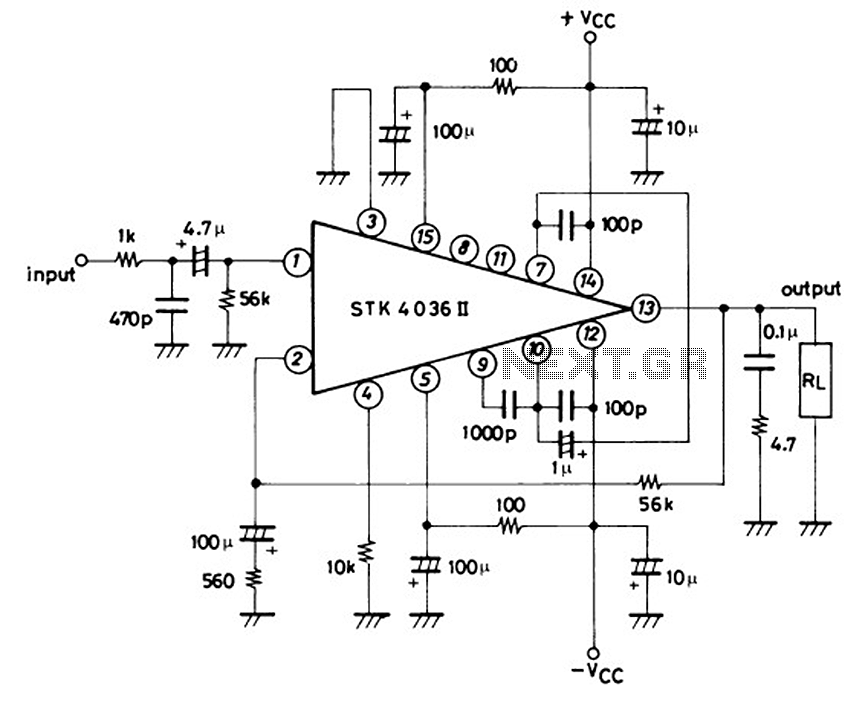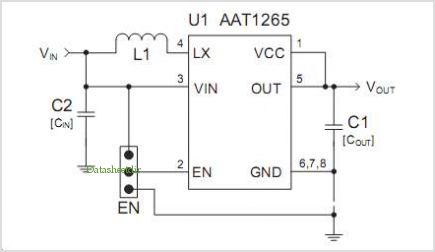
Reading a voltage divider schematic
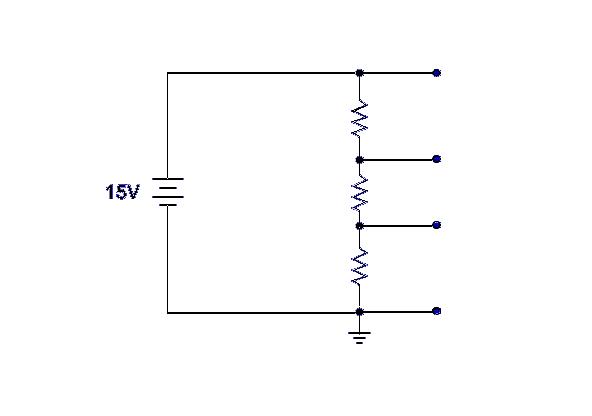
Ground serves as a reference point for the voltage divider, with each successive point above ground indicating the voltage drop across the circuit. For example, with a 15-volt input and 5K ohm resistors, the voltage taps would measure 5, 10, and 15 volts, respectively. However, there is confusion regarding the placement of ground. It is unclear why all current would not immediately flow to ground instead of passing through the voltage divider.
In a voltage divider circuit, the arrangement typically consists of two or more resistors connected in series across a voltage source. The voltage across each resistor can be determined by the principle of voltage division, which states that the voltage drop across a resistor in series is proportional to its resistance relative to the total resistance of the circuit. The ground reference is crucial in establishing a common point for measuring voltages throughout the circuit.
When ground is connected at a specific point in the circuit, it does not mean that all current will flow directly to ground. Instead, the current will distribute according to the resistances in the voltage divider. In the described scenario, with a 15-volt input and two 5K ohm resistors, the voltage across each resistor will be calculated using the formula:
V_out = V_in * (R2 / (R1 + R2))
Where:
- V_out is the voltage across R2,
- V_in is the input voltage (15 volts),
- R1 and R2 are the resistances of the two resistors (both 5K ohms in this case).
For the first resistor (R1), the voltage drop can be calculated as follows:
V_R1 = 15V * (5K / (5K + 5K)) = 15V * (5K / 10K) = 7.5V
For the second resistor (R2), the voltage drop will be:
V_R2 = 15V * (5K / (5K + 5K)) = 15V * (5K / 10K) = 7.5V
Thus, the total voltage drop across both resistors adds up to the input voltage of 15 volts. The voltage at the junction between the two resistors (the tap points) will measure 7.5 volts, which is half of the input voltage, confirming the operation of the voltage divider.
The current flowing through the circuit is determined by Ohm's Law (I = V/R). In this case, the total current flowing through the series circuit can be calculated as:
I_total = V_in / (R1 + R2) = 15V / (5K + 5K) = 15V / 10K = 1.5 mA
This current flows through both resistors, and the voltage drops across each resistor create the desired tap voltages. The presence of ground does not create a short circuit; rather, it provides a reference point for the voltage measurements and allows the circuit to function as intended without sinking all current to ground. Proper understanding of the voltage divider configuration and the role of ground is essential for effective circuit design and analysis.Ground is used as a reference for the voltage divider, and that each successive point above ground is how much voltage is dropped across the circuit. (So with a 15 volt input, and 5K ohm for each resistor the taps would be 5, 10, and 15 volts respectively.
) What I do not understand is by placing ground at that location, wouldn`t you immediately sink all the current to ground and have nothing moving through the voltage divider As I understand it, current will move to either ground or a more positively charged location (such as the positive side of a battery in this case), but with ground located where it is I do not understand why all current would not immediately sink to ground vice the voltage divider. Please let me know if this is just a poorly developed example or where my misunderstanding is. 🔗 External reference
In a voltage divider circuit, the arrangement typically consists of two or more resistors connected in series across a voltage source. The voltage across each resistor can be determined by the principle of voltage division, which states that the voltage drop across a resistor in series is proportional to its resistance relative to the total resistance of the circuit. The ground reference is crucial in establishing a common point for measuring voltages throughout the circuit.
When ground is connected at a specific point in the circuit, it does not mean that all current will flow directly to ground. Instead, the current will distribute according to the resistances in the voltage divider. In the described scenario, with a 15-volt input and two 5K ohm resistors, the voltage across each resistor will be calculated using the formula:
V_out = V_in * (R2 / (R1 + R2))
Where:
- V_out is the voltage across R2,
- V_in is the input voltage (15 volts),
- R1 and R2 are the resistances of the two resistors (both 5K ohms in this case).
For the first resistor (R1), the voltage drop can be calculated as follows:
V_R1 = 15V * (5K / (5K + 5K)) = 15V * (5K / 10K) = 7.5V
For the second resistor (R2), the voltage drop will be:
V_R2 = 15V * (5K / (5K + 5K)) = 15V * (5K / 10K) = 7.5V
Thus, the total voltage drop across both resistors adds up to the input voltage of 15 volts. The voltage at the junction between the two resistors (the tap points) will measure 7.5 volts, which is half of the input voltage, confirming the operation of the voltage divider.
The current flowing through the circuit is determined by Ohm's Law (I = V/R). In this case, the total current flowing through the series circuit can be calculated as:
I_total = V_in / (R1 + R2) = 15V / (5K + 5K) = 15V / 10K = 1.5 mA
This current flows through both resistors, and the voltage drops across each resistor create the desired tap voltages. The presence of ground does not create a short circuit; rather, it provides a reference point for the voltage measurements and allows the circuit to function as intended without sinking all current to ground. Proper understanding of the voltage divider configuration and the role of ground is essential for effective circuit design and analysis.Ground is used as a reference for the voltage divider, and that each successive point above ground is how much voltage is dropped across the circuit. (So with a 15 volt input, and 5K ohm for each resistor the taps would be 5, 10, and 15 volts respectively.
) What I do not understand is by placing ground at that location, wouldn`t you immediately sink all the current to ground and have nothing moving through the voltage divider As I understand it, current will move to either ground or a more positively charged location (such as the positive side of a battery in this case), but with ground located where it is I do not understand why all current would not immediately sink to ground vice the voltage divider. Please let me know if this is just a poorly developed example or where my misunderstanding is. 🔗 External reference
